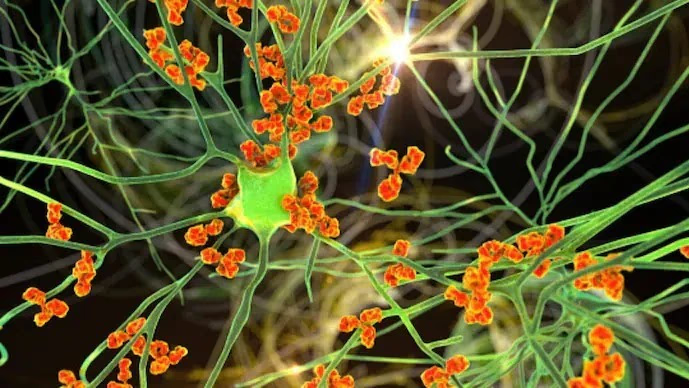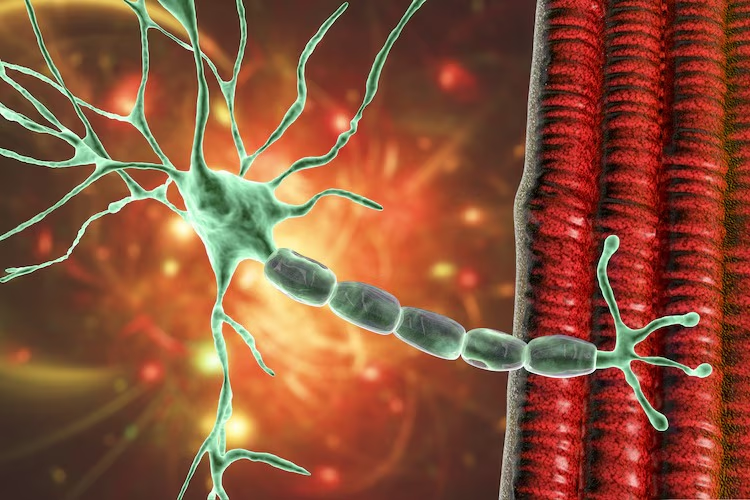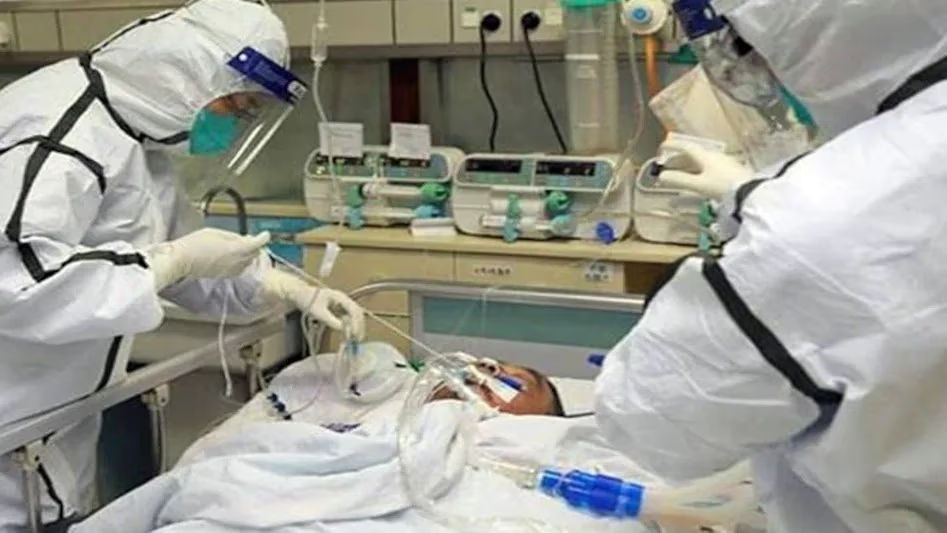In a whirlwind of events in Pune, Maharashtra, within just a week, the insidious Guillain-Barré Syndrome (GBS) has claimed the health of over 100 individuals. A startling 16 patients are currently relying on ventilators, and in a grave turn, a casualty has been reported in Solapur. Although no official statement has been released, reports suggest the victim contracted the infection in Pune and later traveled to Solapur. It is thus imperative to delve into what GBS truly is, its danger, symptoms, and ways to evade its grip.
Understanding Guillain-Barré Syndrome
Guillain-Barré Syndrome is a surreal autoimmune neurological disorder. It manifests when the immune system mistakenly attacks the body's own nerves, leading to difficulties in movement such as standing, sitting, and walking. Breathing becomes arduous, and paralysis is a noticeable symptom of this ailment.
Our nervous system bifurcates into two sections: the central nervous system, which comprises the spinal cord and brain, and the peripheral nervous system, which encompasses the rest of the body's nerves. GBS targets the latter, launching an immune onslaught on the peripheral nerves.
This Disorder Once Claimed an American President
To grasp the severity of GBS, consider that globally, about 7.5% of those affected succumb to it. It is a rare affliction, seen only in 1 to 2 people per 100,000 annually. Notably, the malady was the catalyst of the late American President Franklin D. Roosevelt's paralysis. While initially attributed to polio, later research found GBS to be the true cause.

Source: aajtak
This syndrome derives its name from French neurologists Georges Guillain and Jean Alexandre Barré, who conducted pioneering research on it alongside Dr. André Strohl in 1916.
An Emergency Declared in Peru
In 2023, Peru grappled with an overwhelming surge of GBS cases, forcing the government to declare a 90-day health emergency to curb its spread.
Recognizing Its Symptoms
Typically, the initial manifestation of GBS is tingling sensations and weakness in the arms and legs. These signs can swiftly escalate, leading to paralysis. Early symptoms include...
Tingling in hands, feet, ankles, or wrists.-Weakness in legs.-Difficulty walking or climbing stairs.-Trouble speaking, chewing, or swallowing food.-Double vision or difficulty moving eyes.-Intense pain, particularly in muscles.-Issues with urination and bowel movements.-Breathing challenges.

Source: aajtak
The rapid progression of GBS symptoms could lead to paralysis, often peaking within two weeks.
Exploring Different Types of Syndromes
1. Acute Inflammatory Demyelinating Polyradiculoneuropathy (AIDP):
This is the most common form of GBS, typically observed in North America and Europe. It involves swelling of the myelin sheath covering nerves, with noticeable muscle weakness beginning in the legs.
2. Miller Fisher Syndrome (MFS):
Primarily affecting the eyes with burning and pain, this form is prevalent in Asia.
3. Acute Motor Axonal Neuropathy and Axonal Neuropathy:
These types are common in China, Japan, and Mexico but rare in North America.
The Causes Behind It
While the exact triggers of Guillain-Barré Syndrome remain unclear, it frequently follows infections. Observations suggest a correlation with respiratory or digestive system infections, and less commonly, severe injuries or surgeries.
Preventive Measures
While no cure exists for GBS, treatments focus on alleviating symptoms and expediting recovery.
1. Plasma Exchange:
This process involves replacing blood plasma to remove toxins and soothe the nervous system.
2. Immunoglobulin Therapy:
Administering antibody doses helps protect nerve cells, accompanied by pain relief and physiotherapy treatments.




